While you need to pay for clicks and leads when you promote your business with a PPC (Pay-per-Click) or Facebook Ads campaign, you can get free traffic and leads with search engine optimization (SEO). SEO for real estate investors is to follow certain guidelines to help search engines understand the relevancy of content and rank it in search results for relevant search queries. In other words, you can optimize your content to increase its visibility when people search your real estate services on Google, Bing, and other search engines.
We recently published a real estate SEO course. Make sure to enroll if you are looking to gain SEO mastery. In this guide, I am going to share an easy-to-follow, step-by-step guide to SEO for real estate investors:
Table of Contents
Step#1: Choose a hosting service and domain name carefully
If you are learning about SEO, it means that you either already have a real estate website or are in the process of building one.
It’s important that your website is on a fast and secure hosting service. There are so many hosting providers that it’s quite common for investors to get confused about which one they should choose. We recently published an article on how to choose a hosting provider.
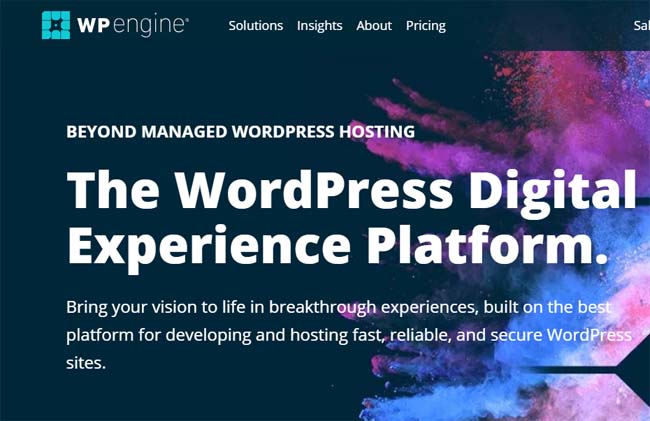
Some hosting providers such as Bluehost offer a free domain.
You need to ensure that your website loads fast when people visit it. Slow websites result in a high bounce rate. Studies indicate that if a page takes longer than 3 seconds to load, over a quarter of users will click away. A good hosting provider will help you reduce page load time.
Step#2: Make your website design responsive
A responsive web design means that its layout will adapt based on the size of the screen the visitor is using to access the website. It can be a desktop, mobile device, or tablet.
Responsible web design is an absolute must for not only SEO but also user experience.
You can use Google’s mobile-friendly test tool to find out if your website is mobile responsive.
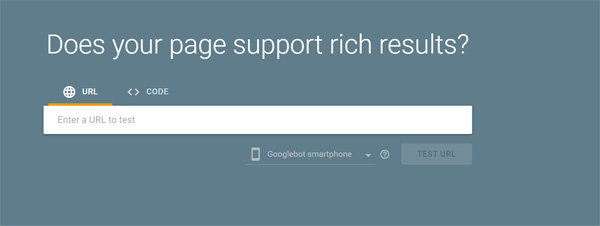
Step#3: Make a list of keywords you want to target
The next step is to create a list of your target keywords. You can use free tools such as Google Keyword Planner to find keywords and average monthly searches for each one of them. Make sure that you are doing keyword research for the location you want to online real estate leads in.
In a recent article, we explained how to do keyword research for your real estate investment business. The article shows how to use the Google Keyword Planner tool.
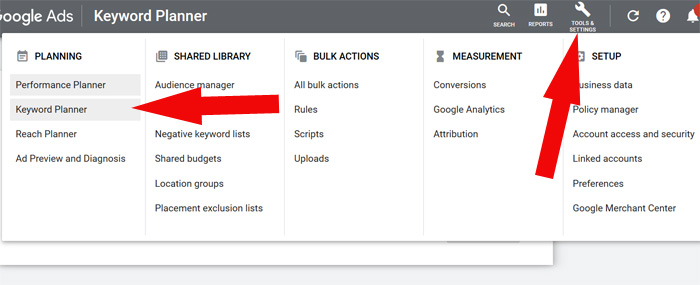
Step#4: Avoid common keyword targeting mistakes
Each page of your website should target a specific keyword. It will be a huge mistake if you target the same keyword with multiple pages. This is called Keyword cannibalization. This will confuse search engines which page to rank for your target keyword.
The second common mistake is to overuse keywords in the content. Never do that. Make sure that the keywords in the content look natural and have relevance. Using your keyword in the main heading, one or two subheadings and a couple of times in the content is good enough. You can also consider using a variation of your target keywords.
- Sell my house fast Atlanta
- Sell home fast Atlanta
- Sell your home fast Atlanta
- Sell my house fast in Atlanta

These are all the variation of the same keyword, so don’t create different pages targeting each keyword. Instead, create a page targeting all these keywords to avoid keyword cannibalization.
You should also consider targeting long-tail keywords.
Step#5: Install SEO plugins if your website is on WordPress platform
WordPress makes SEO easy, but you can make it even easier by using certain SEO plugins.
In a recent article, we listed the best WordPress plugins for real estate SEO.
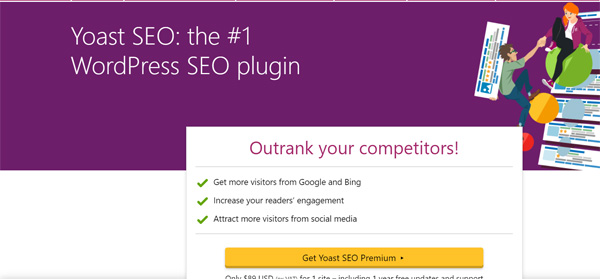
Step#6: Optimize meta titles and meta description
Meta titles and descriptions appear in search engine results. So, it makes sense that they contain your target keyword.
For example, if your target keyword is ‘cash offer on my home’, the meta title and meta description should contain this keyword as shown in the screenshot below:

Optimized meta titles and meta descriptions will help you improve the click-through rate (CTR).
Step#7: Optimize visuals including images, infographics, and videos
Search engines including Google also index images and videos.
Make sure not only the textual content but these visuals are also optimized for search engines.
You should add the ‘Alt tag’ when you upload an image. The Alt tag should ideally contain your target keyword or its variations. However, make sure that each alt tag in an article is unique and relevant to the image.
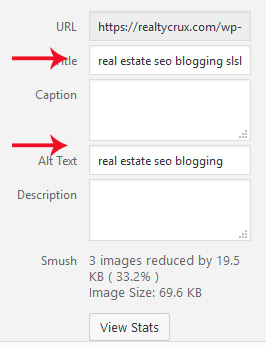
Step#8: Optimize for local searches
Now that you have your website set up, you should optimize it for local searches.
- Link your website to your Google My Business listing
- Link your website to Bing Places for Business
- Link your social media accounts to your website
- Ensure consistent NAP (name, address, and phone number) on your website, social media account, and everywhere else on the web
- List your website on prominent review sites and directories such as Yelp
- Add location pages to your website
- Publish local content that targets local keywords
Step#9: Improve page lead speed
I already mentioned it’s important that your website loads fast. Using a good hosting service is just one of the elements that can help you with this.
The other steps include:
- Use compressed images
- Minify code files including HTML, CSS, and JavaScript
- Have JavaScript files load in the footer
- Use a cache plugin
- Use CDN

WordPress plugins can help you do all this with just a few clicks. Alternatively, you can hire a real estate SEO professional to do this for you.
Step#10: Use Schema markup for real estate investors
Adding Schema markup will help search engines understand your content.
Other benefits of using Schema markup include:
- Improve chances of getting your business featured in Google with a knowledge graph
- Leverage various search engine result page features
- Boost SEO and rankings in Goggle
- Improve CTR and get more free traffic and leads
- Improve the chances of gaining a call-to-action (CTA) in Google search
- Optimize your website for voice searches
- Get more video views
These are just some of the benefits of using Schema markup. You can either use a plugin or hire an SEO agency to add Schema markup.
Step#11: Make URLs SEO friendly
Using short URLs can help you optimize them for search engines as well as ensure a better user experience.
For example, you are writing a blog post titled ‘Step-by-Step Guide to Selling Your Home for Cash’. You want to target the ‘sell home for cash’ keyword with this blog post.
The SEO friendly URL will be:
yourrealestatedomain.com/sell-home-for-cash
instead of:
your yourrealestatedomain.com/ step-by-step guide to selling your home for cash.
A shorter URL will be easy to remember.
Step#12: Interlink pages to improve navigation
An optimized navigational structure help users easily find the information they are looking for.
Important landing pages and engagement tools shouldn’t be more than one or two clicks away from the home page or any other page of the website.
You will be wrong to assume you only need to optimize the navigation menu on the website. You also need to improve internal linking.

If you are writing a blog post on ‘how to sell your home fast’, find a way to place links in its content to other blog posts on related topics such as ‘how to make a cash offer’, ‘why to sell without a Realtor’, and ‘benefits of selling as-is’. You can use anchor text in the content for internal linking.
While it’s fine to use your target keywords in the anchor text, don’t overdo it. You might end up getting hit by a penalty if you overuse anchor text without context and relevancy – just for the sake of SEO.
Tip: According to Yoast, Anchor text — or link text — is the visible, clickable text of a link. It usually appears in a different color than the surrounding text and is often underlined. Good link text tells the reader what to expect if they click on the link.
Step#13: Promote your content
Some real estate investors publish content on a regular basis but don’t get any traction. They can’t figure out why their search engine ranking is not improving. To get an SEO boost, you need to promote your content.
- Share it on social media platforms including Facebook and Instagram
- Repurpose the content into infographics, newsletters, and ebooks and promote these with weekly newsletters or email marketing
- You can use PR platforms such as HARO to get your content noticed by journalists.
- Publish reports on real estate investment in your local market and share it with local journalists
- Write guest posts on local websites and link those guest posts to the newly-published content on your website
Step#14: Do a competitor analysis
Competition analysis is one of the most important components of an SEO campaign.
Make a list of all the real estate investor websites that are already ranking high for your target keywords.
Competition analysis will help you:
- Find keyword gaps. You will be able to find keywords that your competitors are not targeting. This will help you rank for these keywords faster due to low competition. This strategy is particularly helpful if your website is new and doesn’t have domain authority.
- Find keywords that are driving the most amount of traffic to their website.
- Find popular pages that drive the most amount of traffic to their websites. You can create similar pages with content that provides better value to users and have more optimized CTA elements.
- Find mistakes that your competitors are making. For example, they may have a lot of pages with broken links and missing meta titles and meta descriptions. They might still be getting traffic. You can create pages targeting the same keywords with no technical errors. This will help you outrank your competitors.
- Get an idea of their URL and navigation structure.
- Learn the types of content formats that are working for them. For example, they may be driving traffic to pages having videos and infographics. You can create similar pages.
- Most importantly, find backlink opportunities. You will be able to see where they are getting the backlinks from. You can reach out to the same websites or similar websites requesting links. You will know what strategies they are leveraging to build high-quality backlinks to their website.
Step#15: Use different types of content formats in blog posts
You will need to publish blog posts targeting specific keywords on a regular basis. But you should also embed YouTube videos and infographics in order to make sure that your visitors engage with your content and stay longer.
If visitors stay on your website and check out multiple pages, it will send a strong signal to Google that your website provides value compared to other web pages ranking for the same keyword. Google will likely give a ranking boost in the long run.
Step#16: Drive engagement
Having CTAs that provide value for free is another excellent way to keep visitors engaged and stay longer on your website.
The CTAs could be:
- A checklist for selling your house without a Realtor
- A moving checklist
- A seller’s checklist
You already have an idea of what challenges your target audience face. They probably have bad credit or inherited a house in an extremely poor condition and they don’t know what to do with it. You can create checklists, eBooks, and cheat sheets that they can download.
Step#17: Make content easy to consume
Nobody is going to read paragraph after paragraph of text. You need to make sure the content you publish is easily digestible. For that, you should use
- Headings
- Subheadings
- Bullets,
- Lists,
- Quotes,
- Hyperlinks,
- Videos
Also, try to make skimming through your content easy by adding visually appealing images or infographics.
Never beat around the bush when you are explaining a topic. Get straight to the point and provide as much value as you possibly can.
Step#18: Build backlinks from high-authority websites
We have already covered this in brief in the section dedicated to content promotion, but this calls for a separate mention because backlinks play a vital role in improving domain authority and brand awareness.
If your website has received backlinks from high authority websites such as Forbes or Inc, your website will get a ranking boost. Try to figure out a way to get featured on these websites.
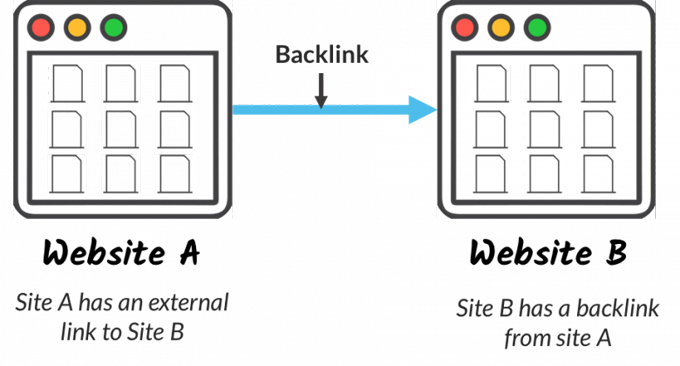
You can brand yourself as a real estate investment expert and reach out to contributors and journalists with quotes and comments on the latest trends in your local market. You can also become a contributor and publish content on these high-authority websites.
Step#19: Publish cornerstone content
Try to write long-form content having thousands of words for your main keywords.
Studies show that long-form content has a better shot at higher rankings in SERP.
However, some recent updates indicate that long-form content that doesn’t provide value might not rank as high as the content that provides instant value to visitors.
So make sure that your long-form content provides lots of value to your target audience.
Step#20: Have a basic understanding of HTML
HTML is the standard markup language for creating web pages. Search engines including Google rely on this markup language to understand the content of a web page.
Having a basic understanding of HTML will help you with SEO.
You should know:
- headline tags (h1, h2, h3, h4…) – when and where to use them to structure your content the right way
- image tag (<img>)
- Alt tag
- <p> (paragraph) tag
- <a> (anchor) tag
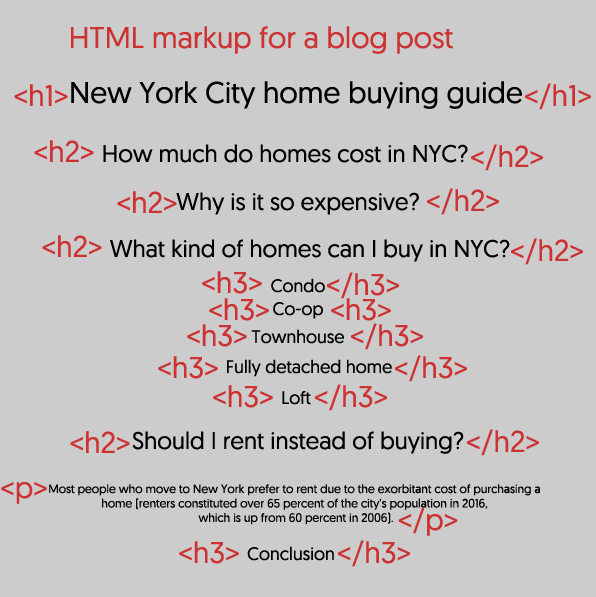
You can learn basic HTML using free online platforms such as W3Schools. It will hardly take you more than a few hours to learn how HTML markups are used.
A basic understanding of this markup language will help you detect on-page SEO errors on your website.
Step#21: Audit your website for SEO on a regular basis
SEO is an ongoing process. You can’t just do it once and forget about it.
You should audit your real estate investor website for SEO on a regular basis. In a recent article, we explained how to perform an SEO audit.
You should check the following things in an SEO audit to be performed on a regular basis (at least quarterly):
- Do a competition analysis.
- Check for broken links, missing meta titles and descriptions
- Any change in click-through rate
- Any change in average position in search
- Any change in bounce rate
- Any change in session duration
- Any change in traffic
- Position of pages targeting specific keywords
Conclusion
Real estate investors are usually intimated due to the amount of information about SEO out there. They assume it’s too technical. They give up and miss out on an opportunity to generate free traffic and leads. The reality is that you just need to follow certain guidelines that help search engines understand your content. While hiring an SEO agency makes sense because the process involves a few technical steps, having a basic understanding will go a long way in setting the right expectations.
If you have any questions or feedback about SEO for your real estate investment business, let me know in the comments below.






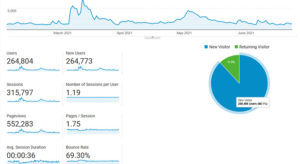
Leave a Reply